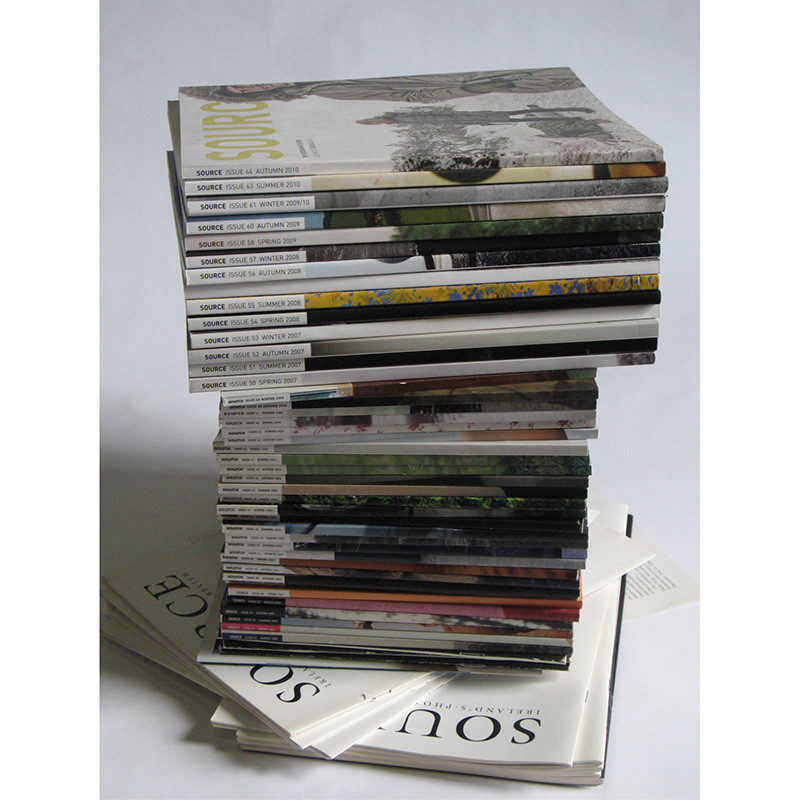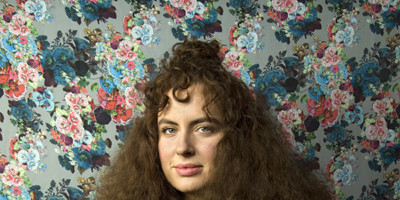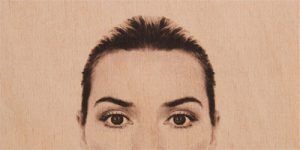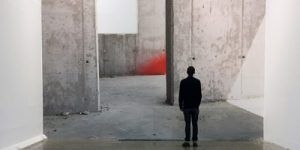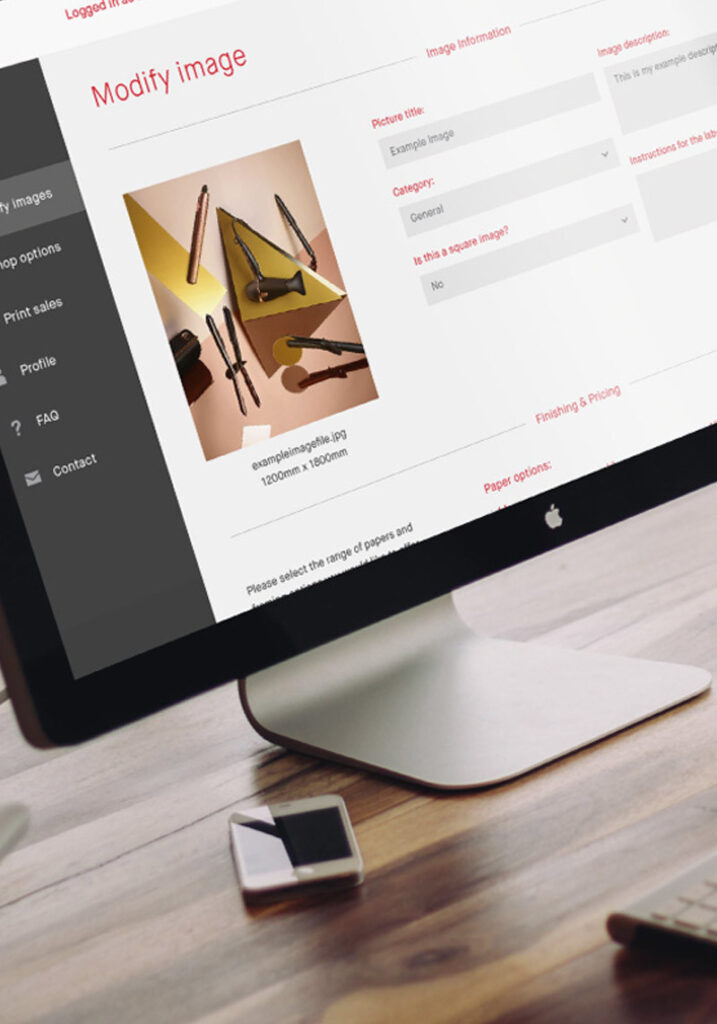Source magazine was established in 1992 as part of activities originally to support a community of photographers based in Northern Ireland that had been felt unrepresented. From these beginnings the magazine has developed in its ambition and reach. I spoke to one of the Editors John Duncan about the magazine.
Over the years Source has grown from its original eight page A4 B&W format into an internationally distributed publication that still includes its original core features; portfolios and critical written commentary – how do you maintain the original drive and vision for a global audience both digitally and in print and do you still see a valid perspective for hard copy magazines still to be printed?
When I first got involved in editing the magazine in 1994 the Internet and digital distribution were not even on the horizon. Finding out what was going on came via a small number of gallery and publisher press releases posted to us and by conversations with photographers and introductions to other photographers through them. Sitting in an office in Belfast with a phone and post box meant we had to be proactive about making connections with a wider photographic world. That desire to make connections has stayed with the organization. Through my own photographic education studying Documentary Photography in Newport and Fine Art Photography at Glasgow School of Art I was introduced to a wide variety of work from a range of international photographers. That international perspective has also been something that I have continued to seek out. We are a small staff of four so its very hands on and I think that helps keep us on our toes.
At the minute and for the foreseeable future we are still very committed to the print magazine. We had a major redesign in 2018, which involved a close look at both the design and the contents of the magazine. Through that process we renewed our confidence in the importance of print in terms of creating an interesting physical object, one that allows us to pay attention to how images print on the page and as a place for critical writing. As a photographer I am particularly interested in the quality of image reproduction and I think our readers appreciate that and a break from looking and reading material on a screen.
Source is renowned not only for its visual content, but you are also guaranteed a damn good read via written features and commentary – in a world of images how do you strike the balance between the image and the word – and how much of what you present is driven by the strength of one over the other?
My drive to seek out photographers work for the portfolio section of the magazine is matched by my Co Editor Richard West’s interest in scrutinizing what is being exhibited and published. Our Issue themes, which drive the feature articles, come from a dialogue around individual photographers work and critical ideas that we have discussed in editorial meetings. Sometimes one leads over another but its fairly balanced longer term. Written features lead some issues and some come more from the images and work that photographers have produced. We work with a range of writers and we value their contribution to the ongoing critical discussion of photography in the magazine as much as we do the creation of work by photographers. We have also launched our prize for New Writing about Photography details of which are on the website.
Source supports graduates via its online Graduate Photography Showcase. You also put a spotlight on emerging talent in the printed magazine and graduate supplement, which is important, as this, can be the hardest time for those beginning a career in the arts.
In an industry that loves to categorize and classify, at what point do you determine when a photographer ceases to be emerging and is considered established?
We have a very large in-house spreadsheet where we keep a list of individual photographers names and websites and I try and up date this as I go along. It is searchable through categories that include Established and Emerging. But it’s the work that’s key and we aren’t afraid to set aside projects by more established photographers if the work of an emerging photographer adds to a particular issue.
What is it you look for in a submission, what are your top tips of how to present your work to the magazine for consideration – the definitely do and the most definitely don’ts?
For Source the most basic point is perhaps do submit directly after having a look at what we publish. I look at everything that comes in so it’s definitely worth doing. Details are on our website. We also have run days for photographers to show us work directly since 1997. They are free to submit to and attend so keep an eye out for details of those in our e-newsletter and in the magazine. Don’t assume we see it because it’s on your Instagram page. Some background information along with the work is useful but initially keep this to a couple of paragraphs.
What is the plan for Source’s next phase of its journey and if you could look back is there anything you would have changed back then based on what you know now?
We have just commissioned 5 photographers and curators to look back over 104 issues of Source and pick out their highlights, we will be publishing this online in a few months, so its been interesting to see what they have chosen. And Source staff we will be doing the same. That will be a useful process for reflection on our archive both in terms of what we did and didn’t publish. While we have all the print issues I wish we had been a bit more methodical about how we kept digital back issue material. Getting material prepared for online publication is quite an undertaking at this stage. Better filing in the future!
More details about Source magazine can be found on their website source.ie which has back issue reviews and portfolios as well as online only columns Work in Progress and Flea Market Photo book finds, short films and educational resources.
